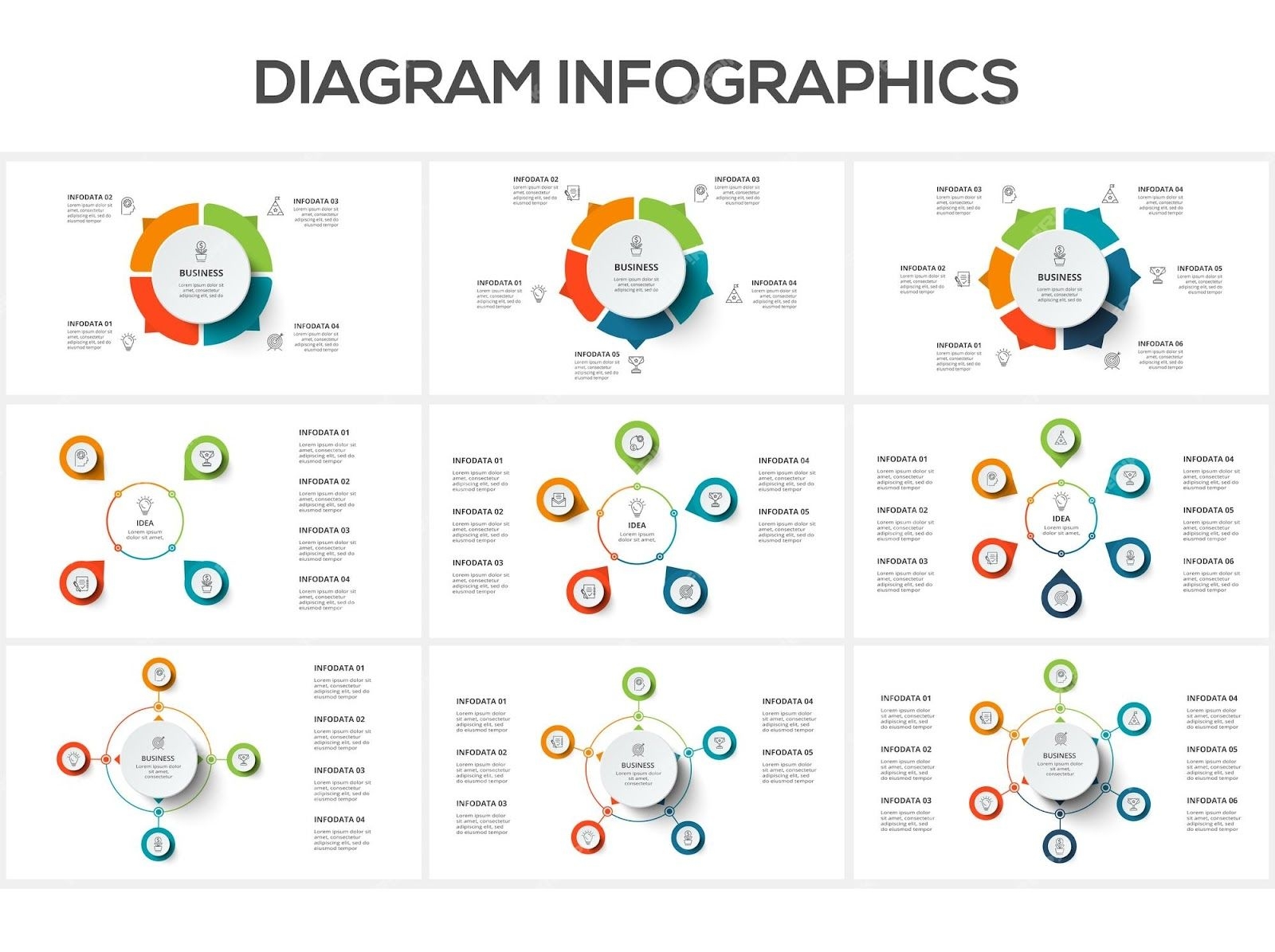
Easy Steps for Credit Unions to Improve Data Strategy and Enhance Personalization
Credit unions are increasingly recognizing the importance of data-driven personalization in their marketing efforts. However, many credit unions still struggle to effectively leverage data to deliver a truly personalized experience to their members. In this article, we will explore easy steps that credit unions can take to improve their data strategy and enhance personalization.
Understanding the Power of Data in Personalization
Data is the fuel that drives effective personalization in marketing. By analyzing member data, credit unions can gain valuable insights into their preferences, behaviors, and needs. This data can then be used to tailor marketing messages, offers, and experiences to each individual member, resulting in more relevant and impactful interactions.
Step 1: Collect and Centralize Data
The first step in improving data strategy is to ensure that all relevant member data is collected and centralized. This includes both demographic information and transactional data. By consolidating data from multiple sources, such as core banking systems, CRM platforms, and digital channels, credit unions can create a single, comprehensive view of each member.
Step 2: Clean and Validate Data
Once the data is collected, it is essential to clean and validate it to ensure accuracy and reliability. This involves removing duplicate records, correcting errors, and standardizing data formats. By maintaining clean and accurate data, credit unions can make informed decisions and deliver personalized experiences based on reliable information.
Step 3: Analyze and Segment Data
After cleaning the data, credit unions should analyze it to identify meaningful patterns and trends. This analysis can help credit unions segment their member base into distinct groups based on common characteristics or behaviors. By understanding these segments, credit unions can tailor their marketing efforts to address the unique needs and preferences of each group.
Step 4: Implement Data-Driven Marketing Tools
To effectively leverage member data, credit unions should invest in data-driven marketing tools. These tools can automate and streamline the personalization process, enabling credit unions to deliver targeted messages and offers at scale. Examples of such tools include customer relationship management (CRM) systems, marketing automation platforms, and data analytics software.
Enhancing Member Personalization through Data Strategy
With a solid data strategy in place, credit unions can now focus on enhancing member personalization. The following steps outline how credit unions can leverage their data to deliver personalized experiences to their members.
Step 5: Develop Member Personas
Using the segmented data, credit unions can develop member personas that represent different types of members within their target audience. These personas should capture key attributes, preferences, and goals of each segment. By understanding the motivations and needs of different member personas, credit unions can tailor their marketing messages and offers accordingly.
Step 6: Craft Personalized Messaging
Armed with member personas, credit unions can now create personalized messaging that resonates with each segment. Whether it's through email campaigns, social media posts, or website content, credit unions can craft messages that speak directly to the unique needs and interests of each member.
Step 7: Implement Dynamic Content
Dynamic content refers to the practice of delivering different content to different members based on their preferences and behaviors. By implementing dynamic content on their website, credit unions can show personalized recommendations, offers, and promotions to each member. This not only enhances the member experience but also increases engagement and conversion rates.
Step 8: Utilize Automated Personalization
Automation is a key enabler of personalization at scale. Credit unions can leverage automation tools to deliver personalized messages and offers to members at the right time and through the right channels. For example, triggered email campaigns can be set up to send personalized messages based on specific member actions or milestones.
Step 9: Monitor and Measure Results
To ensure the effectiveness of their personalization efforts, credit unions should continuously monitor and measure the results. Key performance indicators (KPIs) such as engagement rates, conversion rates, and member satisfaction scores can provide valuable insights into the impact of personalization on business outcomes. By analyzing these metrics, credit unions can refine their personalization strategies and make data-driven improvements.
Conclusion
Improving data strategy and enhancing personalization is essential for credit unions looking to deliver exceptional member experiences. By following these easy steps, credit unions can leverage their data to understand their members better, deliver personalized messaging, and drive meaningful engagement. With the right data-driven approach, credit unions can build stronger member relationships and foster long-term loyalty.
Nudge Money helps credit unions 10x their marketing ROI by infusing hyper-personalized financial guidance into existing communications. We simplify the complex processes of marketing, financial wellness, and data, so your credit union can boost cross-sales and build loyalty.